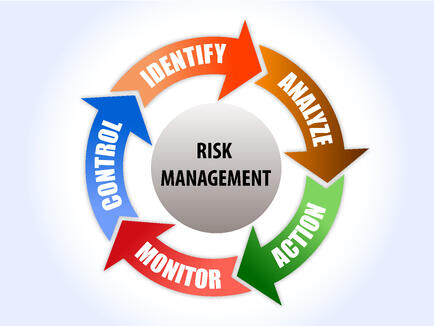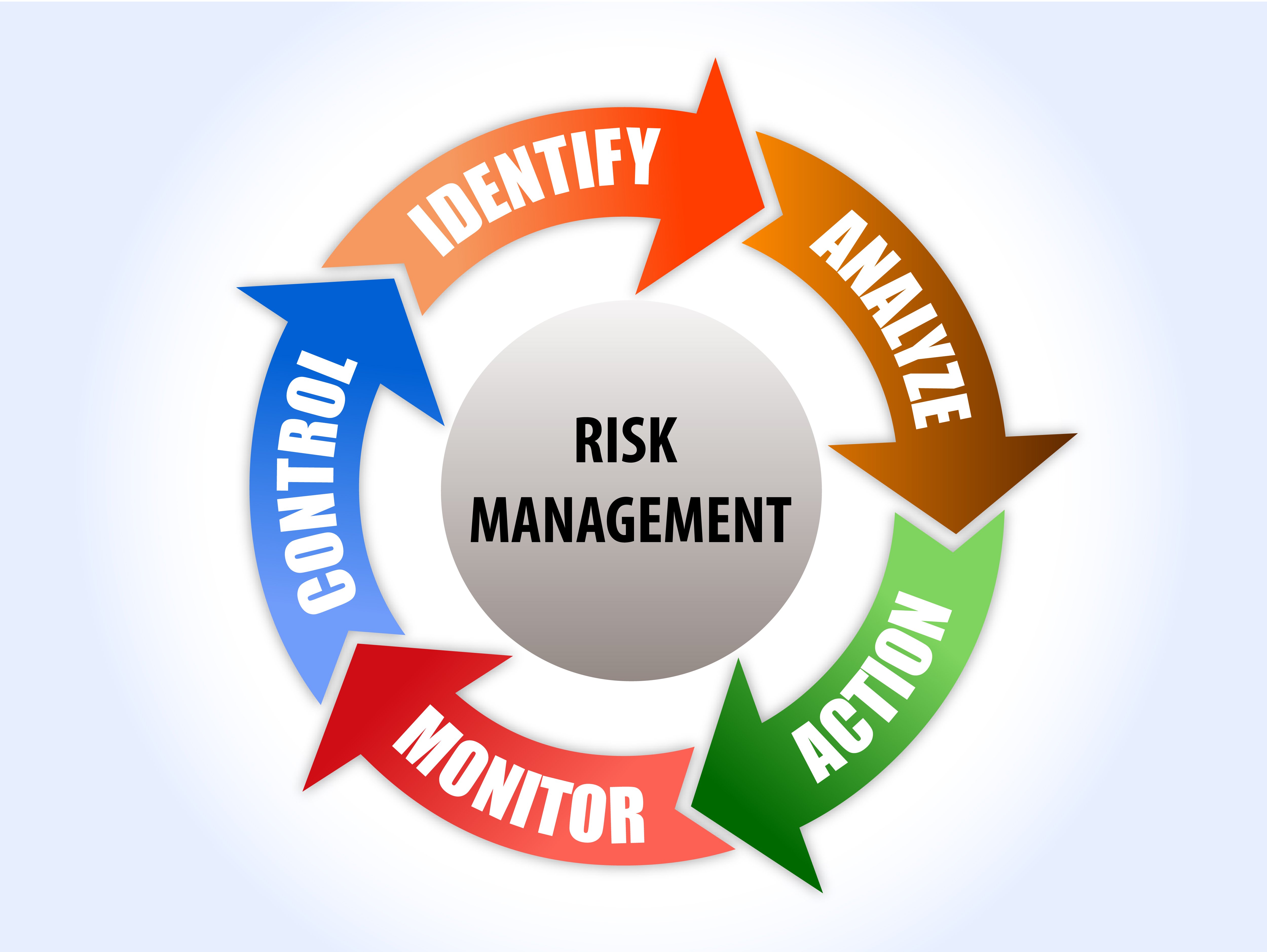When undertaking a commercial insurance renewal process, collating and analyzing the large volume of detailed data required can be a daunting prospect, especially if that data is recorded in spreadsheets or on paper. Wouldn’t it make good business sense to streamline that process and reduce the burden on internal resources?

Below are seven key benefits that insurance or risk management teams will receive by using a risk management information system (RMIS) to gain control over the data collected throughout the entire commercial insurance renewal process.
1) Easy access to renewal data
Trawling through endless spreadsheets and copying submitted renewal data from one data entry field to another is a thankless task and is also highly prone to human error. To overcome this, the modern RMIS is fully web-enabled. Meaning that whether the web browser of preference is Google Chrome, Internet Explorer or Safari, users will be able to log in using any web-enabled device and directly enter their data. Should there be a situation where a user is unable to get an Internet connection, a modern RMIS will allow those users to work offline and complete a renewal questionnaire ready to be uploaded to the central risk/insurance team when they next have a connection.
2) Integrating data into one central system
Instead of having to manually key in data from different departments or databases, an RMIS will integrate with other channels and internal systems, allowing Insurance and risk teams to consolidate their data into a single centralized system. This not only saves time, but also reduces the probability of recording data incorrectly so that insurance and risk managers can have confidence that their data is robust.
3) Saving time
Using an RMIS to create workflows that automate processes related to existing questionnaire templates can save considerable time when:
- Creating new questionnaire templates.
- Distributing those questionnaires via automated workflows with notifications and reminders.
- Checking the data for any potential errors or variances.
- Tracking the status to see which questionnaires have been completed, are partially completed or have yet to be completed.
- Identifying inconsistencies through the use of automatic formatting.
- Producing reports that allow for easy analysis and manipulation of the submitted renewal data.
4) Improving employee participation in data submissions
Our experience has shown that although an RMIS can make the distribution and completion of commercial insurance renewal questionnaires easier, increasing employee understanding and getting them to buy into the process is just as crucial. After all, one late submission can hold up the whole process. Producing webinars, organizing workshops, feedback sessions and getting employees involved in the early stages of creating questionnaires are all good tactics to encourage employee adoption. Once the renewal process is complete, feedback should be provided to all those employees involved explaining how their proactive approach has delivered value to the organization.
5) Improving data quality
Good questionnaire design involves creating a logical flow to the questions, so the user is not faced with providing complex data right at the beginning. Be sure to use clear, jargon-free language when creating questions and provide specific choices for answers. This will not only increase understanding for the user, but will also increase the data accuracy so that it is easier to perform detailed analysis. Once you’re happy with the structure and flow of a questionnaire – test it! Effective testing with a small group will highlight any areas that can be misunderstood or misinterpreted and allow you to correct any errors.
6) Auditability
When it comes to providing an accurate audit trail, an RMIS enables reports to be produced that show what information has been added or changed within the system, when, how, and by whom (something that is close to impossible to demonstrate using spreadsheets).
Using an RMIS, insurance and risk managers can see how a company’s risks and exposures have changed over time and see the evidence used to reach decisions regarding risk transfer, risk retention and loss prevention.
7) Achieving better communication and sharing information
As mentioned earlier, sharing of information and open communication is crucial to a successful commercial insurance renewal process. Email workflows created within an RMIS can increase the effectiveness with which brokers and internal employees communicate – ensuring that automatic updates are provided when an event happens or an action is completed.
Being able to export data easily is important and most RMIS systems provide a full range of in-built reporting options, as well as multiple output formats, such as PDF, Excel and XML. This ease of access will allow brokers to generate the necessary reports and charts for the market submission and enable underwriters to examine the detailed data output for their pricing models.
For more information on how risk technology can help your organization’s insurance renewal, please download The Definitive Guide to Commercial Insurance Renewal or contact us today!













